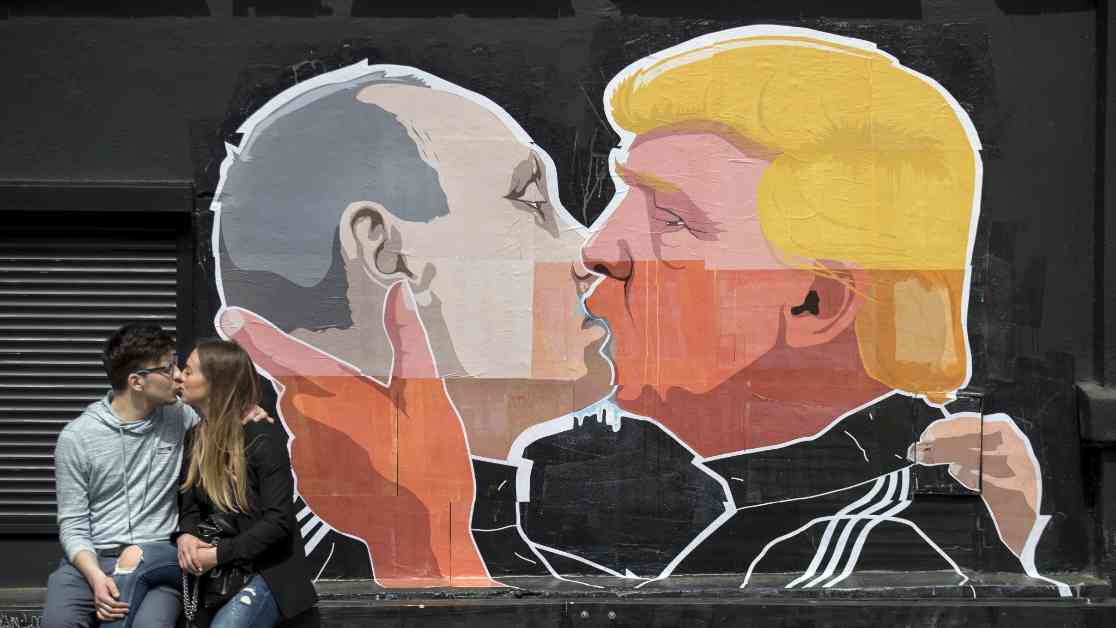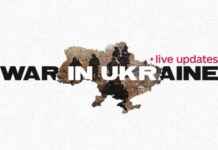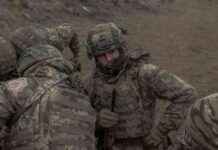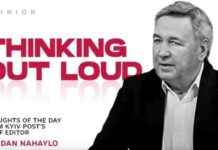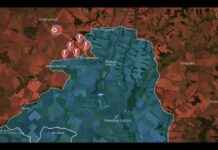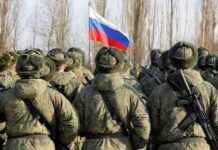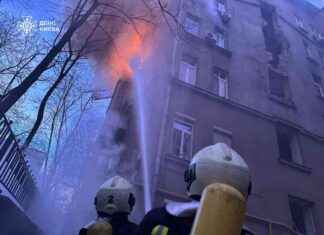Investigative journalist Craig Unger has dedicated over a decade to unraveling the intricate web of connections between former U.S. President Donald Trump, Russian finances, and the Kremlin. His insights shed light on the long-standing relationship between Trump and Russian interests that dates back to the 1980s, long before his presidency.
Starting with Trump Tower in 1984, where a Russian businessman named David Bogatin arrived with $6 million in cash to purchase multiple condos, Unger’s investigation reveals a pattern of Russian ties that have persisted throughout Trump’s career. The FBI later linked Bogatin to the Russian mafia, raising questions about potential money laundering schemes within Trump’s real estate empire.
Unger, drawing from his extensive experience as the former deputy editor of The New York Observer and editor-in-chief of Boston magazine, has authored several well-researched books on Trump’s connections to Russia. His bestselling works, including “House of Trump, House of Putin: The Untold Story of Donald Trump and the Russian Mafia” and “American Kompromat: How the KGB Cultivated Donald Trump,” offer a deep dive into the complex relationship between Trump and Russian entities.
A Home Base for the Russian Mob
During a conversation with Alexander Price of Euromaidan Press at the 2025 Munich Security Conference, Unger delves into the specifics of Trump’s association with Putin and the Russian mafia. Highlighting the pivotal moment in 1984 when Bogatin made his multi-million dollar purchase at Trump Tower, Unger emphasizes the potential implications of such transactions in facilitating money laundering operations.
Unger’s investigation uncovers a startling revelation – at least thirteen individuals with ties to the Russian mafia have owned properties within Trump-owned buildings, including Trump Tower. This revelation paints a concerning picture of how Trump’s real estate ventures may have provided a haven for illicit financial activities linked to Russian organized crime.
Moreover, Unger traces Trump’s ties to Russian interests back to the early 1980s when an electronics firm acting as a front for Russian intelligence supplied TV sets to Trump’s first successful hotel. This connection eventually led to Trump being identified as a potential asset for the KGB, culminating in a visit to Moscow in 1987 under the direction of Russian intelligence.
The Deepening Relationship
Reflecting on the decades-long relationship between Trump and Russian entities, Unger expresses skepticism about Trump’s willingness to sever ties with Russia, especially in light of recent geopolitical events. As Trump aligns himself with Russian interests, particularly in the context of Ukraine, Unger raises concerns about the potential consequences of Trump’s actions on the global stage.
Drawing parallels to historical events, such as the signing of the Munich Agreement in 1938, Unger underscores the gravity of Trump’s alignment with Putin and its implications for international relations. The comparison between Trump’s actions and past geopolitical missteps serves as a stark reminder of the fragility of democratic norms in the face of personal interests and political expediency.
As the conversation delves deeper into the geopolitical ramifications of Trump’s actions, Unger warns of the erosion of trust within NATO and its potential impact on global security. The implications of Trump’s foreign policy decisions, particularly in relation to Ukraine and NATO allies, underscore the urgent need for a reassessment of America’s role in safeguarding international stability.
Navigating a Complex Landscape
In response to questions about Trump’s status as a Russian intelligence asset, Unger clarifies the distinction between an asset and an agent, pointing to the nuanced nature of Trump’s relationship with Russian entities. Drawing parallels to historical figures like Armand Hammer, Unger sheds light on the intricate dynamics of influence and favor exchange that characterize Trump’s interactions with Russian interests.
Furthermore, Unger addresses concerns about key figures in the U.S. intelligence community, such as Tulsi Gabbard, highlighting the potential risks posed by individuals aligned with Trump’s agenda. The entanglement of Trump allies with Russian entities, as evidenced by recent developments within the FBI, raises questions about the integrity and independence of American intelligence agencies in the face of political interference.
Looking ahead, Unger emphasizes the urgent need for resistance against Trump’s erosion of democratic norms and the rule of law. As American democracy faces unprecedented challenges, the role of individuals within the justice system and intelligence community becomes crucial in safeguarding the country’s democratic institutions and upholding its commitments to international alliances.
In conclusion, Unger’s insights offer a sobering reminder of the complex geopolitical landscape shaped by personal interests, historical alliances, and shifting power dynamics. As the world grapples with the implications of Trump’s actions on global security, the need for vigilance, integrity, and a commitment to democratic values becomes more pressing than ever.
